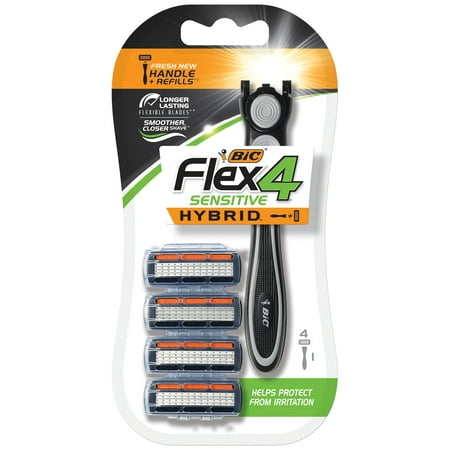STANLEY #9 Steel Back Razor Blades 100 ct Container, 11-515
Stay stocked up with this Stanley Razor Blades Steel 100-Count Container. They’re made of high-carbon steel and come with a steel backing. These single-edge razor blades fit most standard compatible tools. They’re designed to slide on for easy mounting and are suitable for all kinds of jobs. This pack of single-sided razor blades is handy for hobby work, cutting wire and twine and much more. Trust Stanley with all your hardware needs.Stanley #9 Steel Back Razor Blades 100-Count Container:









Reviews
There are no reviews yet.